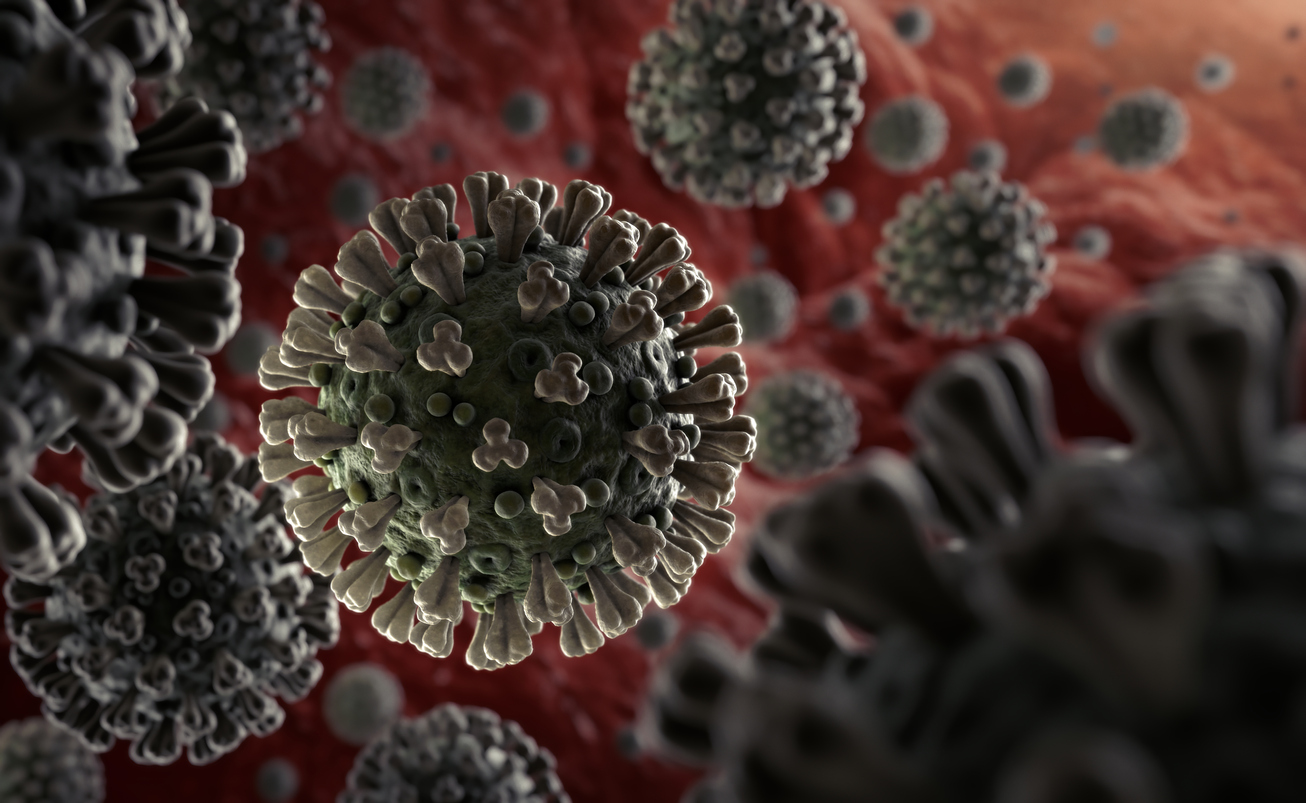“If certain areas prematurely open up, my concern is we might see spikes that turn into outbreaks,” Anthony Fauci, director of the National Institute of Allergy and Infectious Diseases, told senators on Tuesday. “The consequences could be serious. Even in states that reopen with a deliberate pace...there is no doubt that when you pull back on mitigation, you will see some cases reappear.”
The testimony from Dr. Fauci and others on how to safely reopen the economy come as most states begin tentatively reopening after weeks of closure, with President Trump supporting the moves in a bid to mitigate the pandemic’s economic impacts. The U.S. has had more than 1.3 million confirmed cases, and more than 80,000 people have died.
When asked Tuesday about the prospects of schools opening in the fall, Dr. Fauci urged caution: Expecting medicines and vaccines to make returning safer by the start of the school year “would be a bit of a bridge too far,” he said.
Sen. Rand Paul (R., Ky.) said such warnings from Dr. Fauci and others may be too strong, saying they should “be humble about things we don’t know.”
Dr. Fauci said he was in fact “humble about making broad predictions,” but added that some children diagnosed with Covid-19, the respiratory disease caused by the coronavirus, also are afflicted with a “strange inflammatory syndrome.”
Dr. Fauci said that with some states reopening without meeting federal guidelines that include seeing an extended period of falling numbers of cases and deaths, “there is a real risk you could trigger an outbreak...that could set you back rather than going forward.”
Adm. Brett Giroir, who is heading up the administration’s testing efforts, said an increased focus on testing in schools could be used as a means of surveillance to help assure students stay healthy.
Other health officials also emphasized the need for widespread testing to get a more accurate picture of how many people have fallen sick and to spot potentially undetected clusters of outbreaks.
“Timely testing is vital to reopen America. Increasing contact tracing is critical,” Robert Redfield, the Centers for Disease Control and Prevention director, told the committee. He said the CDC had created a state-by-state assessment of contact tracing and said was working with states on surveillance systems to monitor outbreaks.
“We need to rebuild our nation’s public health infrastructure,” Dr. Redfield said, adding that “it’s important to remember we’re not out of the woods yet.”
The format for Tuesday’s hearing was unusual with, Drs. Fauci, Redfield, Giroir and Food and Drug Administration Commissioner Stephen Hahn testifying remotely because they were self-quarantining after coming into contact with a person infected with coronavirus.
Sen. Lamar Alexander (R., Tenn.) chaired the committee remotely as he also self-quarantines.
“Vaccines and treatments are the ultimate solutions,” Mr. Alexander said. “But until we have them, all roads back to work and back to school go through testing. The more tests we conduct, the better we can identify the small number of those who are sick and track those who they have had contact with.”
Sen. Patty Murray (D. Wash.), the panel’s ranking Democrat, pressed the need for more testing, wearing masks and adhering to detailed public-health guidance before job sites and schools can safely reopen.
Tuesday’s hearing followed remarks Monday from Mr. Trump, who told reporters that people who wanted to get tested could be tested. “We have the greatest capacity in the world,” he said.
Some Democrats have criticized the administration, saying the increase in testing and contact tracing hasn’t kept pace with the need because of insufficient federal efforts on either initiative. Most states are hiring more people to trace and identify people who have been in contact with someone infected with coronavirus but many fall short of the numbers recommended by some public-health experts.
Also Tuesday, Virginia’s Democratic Gov. Ralph Northam announced a delay in the state’s plan for partial reopenings in the northern part of his state “to allow those localities more time to meet the health metrics.” The initial statewide easing had been planned to begin on Friday, but would be pushed back to May 28 for locations in northern Virginia, the governor said.
More states have allowed some businesses to gradually reopen with safety precautions, as governors seek to increase testing capacity and build contact-tracing teams. Retailers in Ohio could reopen Tuesday with social-distancing restrictions in place, while many nonessential Wisconsin businesses were allowed to reopen this week with up to five customers at a time.
In New York, construction, manufacturing and outdoor recreational facilities may be able to reopen in some upstate regions as early as Friday. New York City, the heart of the coronavirus outbreak in the U.S., is expected to take longer to reopen, officials have said. Broadway theaters will remain closed until early September at the earliest, the Broadway League said Tuesday.
Next week, Massachusetts’s first phase of reopening could begin, while South Carolina gyms, salons and public pools could be allowed to reopen.
National parks and recreation areas were also gradually reopening ahead of the summer months, though some facilities, such as visitor centers and theaters, will remain closed.













